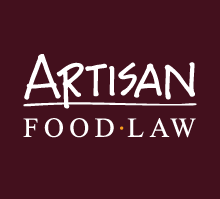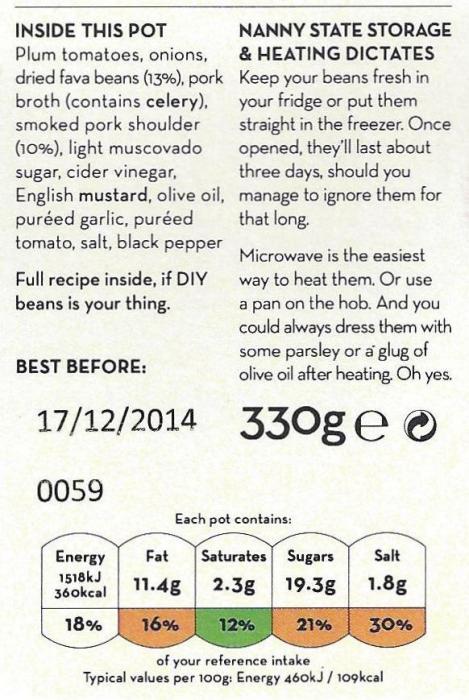Food labelling day – protecting health, providing information
The milestone for many food producers this month is not Christmas, but 13 December – food labelling day when the food information to consumers (FIC) Regulation (EU) 1169/2011 comes into effect. It’s worth a reminder what it’s all about:
In order to achieve a high level of health protection for consumers and to guarantee their right to information, it should be ensured that consumers are appropriately informed as regards the food they consume.
No hiding the GMOs in Europe! In short, protecting health and providing information, that’s the stated aim of the FIC, as it appears now to be more affectionately known.
The long awaited new labelling regime seems to be the source of widespread confusion and consternation among food producers and retailers, not to mention restaurants coping with allergen labelling, or at least it is if you believe the trade press. The presence of allergens in food has dominated media coverage, an important change but let’s not overlook the rest, which include:
- More legible information and a minimum font size for mandatory information.
- The presence of allergens in prepacked foods indicated in a clear and consistent way in the ingredients list.
- Allergen information in non-prepacked food which includes cafes and restaurants - the subject of much publicity.
- Certain nutrition information for prepacked processed food.
- Information on the origin of fresh meat from pigs, sheep, goats and poultry.
- Labelling requirements for shop purchase, online and distance-selling are the same.
- Strengthened rules to prevent misleading practices.
The rules on mandatory nutrition labelling take effect on 13 December 2016 and there are transitional arrangements for stocks of food placed on the market and labelled before 13 December 2014.
So much has been written and said about FIC we thought it a good idea to take stock and do a roundup of some of the best, most useful sources in one place. There is a lot of repetition, which is probably no bad thing because it represents a consistent interpretation of the law. It does, however, mean that when you’ve seen one guide you’ve pretty much seen them all. So why not check out the best and forget the rest!
It doesn’t help that, in England, responsibility for food labelling legislation and policy is split across three departments: Defra is responsible for general labelling and provenance, the Food Standards Agency (FSA) covers food safety (allergen labelling) and the Department of Health (DH) deals with nutrition. So little comprehensive official guidance is available in a single source of information. Meanwhile, starting with the official, here’s the roundup:
- Defra publish general guidance on food labelling and packaging.
- DH cover nutrition and health related aspects – including Technical Guidance on Nutrition Labelling and Front of Pack nutrition labelling(traffic light labels).
- The FSA has responsibility for food safety aspects – and has published a list of resources for allergen information and technical guidance on allergen labelling.
In short, it’s all a bit of a mess, but there are some good unofficial sources and amongst these the following are worth exploring:
- The University of Reading provide a comprehensive guide to food labelling, not the most user-friendly but it covers just about everything.
- Solicitors DWF LLP have produced two user-friendly interactive tools to help get the basics right: the interactive food label and the interactive food service menu.
- Foodtrade have produced the most helpful listing of the 14 allergenswith an allergen labelling tool to follow shortly.
- The FSA has also produced six online training modules on the law and rules concerning food allergens.
- The Trading Standards Institute, as you might expect, has lots of useful information in their Business Companion, including guides for food and drink, prepacked foods, bakers, butchers, greengrocers, fishmongersand caterers.
- The newly established Institute of Food Safety, Integrity and Protection (IFSIP), the food arm of the Chartered Institute of Environmental Health, publish a resource on the provision of allergen information and expect more here soon.
Finally, there are the craft specific resources, including:
- The Real Bread Campaign’s online resource which supplements the publication Knead to Know.
- The Nationwide Caterers Association (NCASS) publish The Allergen Hub which includes a toolkit to assist in compliance with the rules.
- The British Retail Consortium has published guidance for grocery retailers.
Do we really need traffic light labelling on top of this lot? Artisan Food Law will be taking an in-depth look at food labelling early next year.
If you have a favourite source of help to share why not add it in the comments below?





